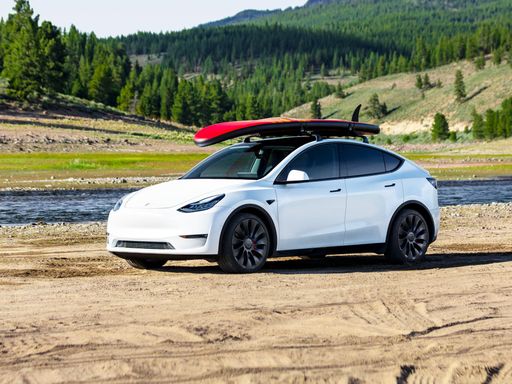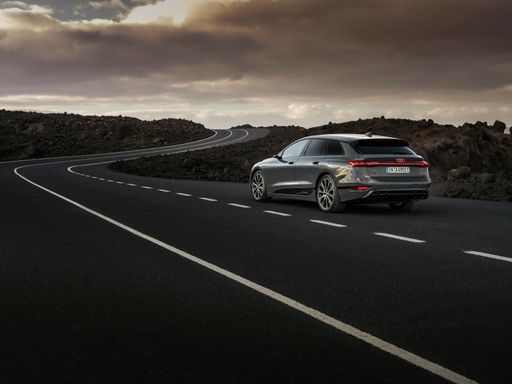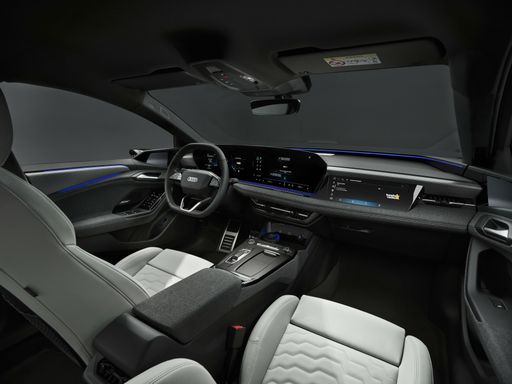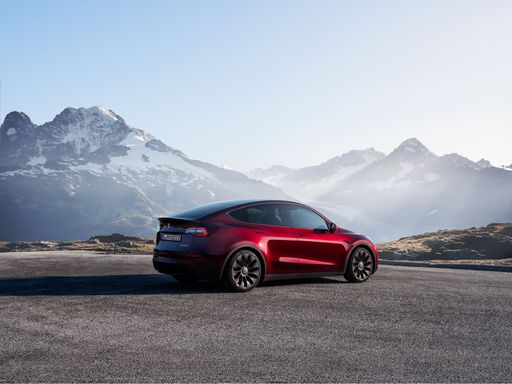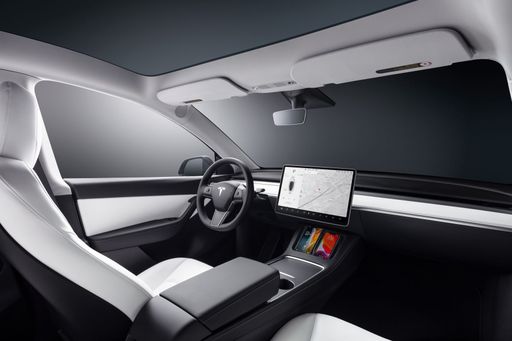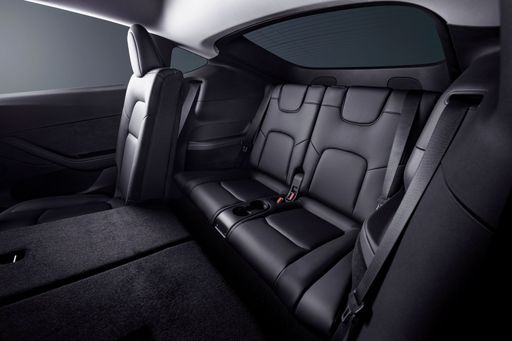A Battle of Innovation: Audi A6 e-tron Avant vs. Tesla Model Y
The automotive landscape is quickly evolving, and electric vehicles (EVs) are at the forefront of this transformation. Today, we turn our attention to two significant contenders in the electric market: the Audi A6 e-tron Avant and the Tesla Model Y. Each model brings distinct offerings to the table, catering to different driver preferences and lifestyles while showcasing groundbreaking technology and impressive performance.

